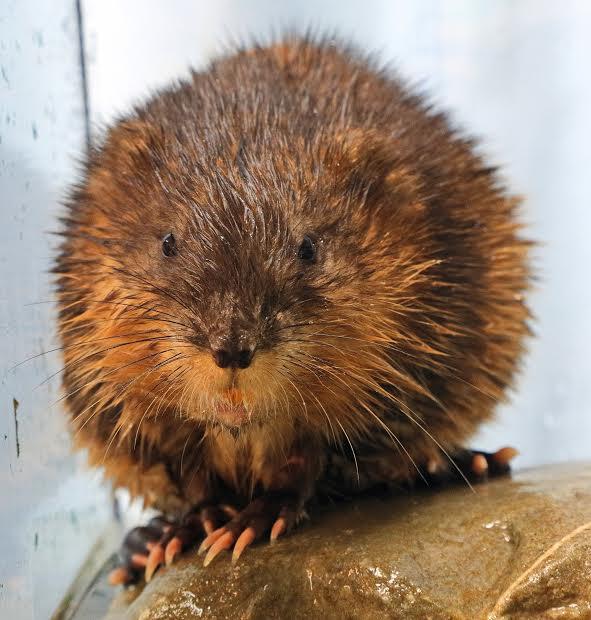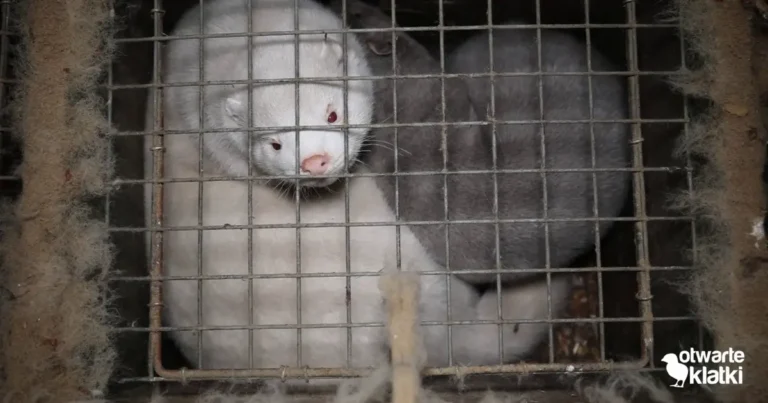One day you might see us pursuing the dog and cat fur issue on our Facebook page. The next you may read something about trapping regulations on our Twitter. And fur farms will probably come up on our Instagram. Other times we might simply focus on the fact the fur is not required to be labelled in Canada.

It’s a reasonable question, though it isn’t always easy to answer in a Facebook comment or 140 characters. So we’ll use this blog to explain why we say what we say.
Mandate:
The purpose of The Fur-Bearers originally (circa 1953) was to find a humane alternative to existing leg-hold and snare-type traps. In the 1960s and 70s, long-time directors George and Bunty Clements rightly discovered that you can’t hold an animal against their will in a humane way, and the mandate of the organization evolved to simply “put an end to the commercial fur trade.”
This includes fur-bearing animals in the wild (trapping/hunting), captivity (fur farms), and dog and cat fur that is imported from overseas.
Additionally, the mandate was updated after the millennium to seek and provide non-lethal solutions to wildlife conflict and promote peaceful co-existence.
As you can see, there’s a fair bit here we can write about on a daily basis (and we do post about five original blogs, one original 30-minute podcast, and several original social media images per week). Each post tends to focus on one relatively narrow aspect of our mandate, be it a specific part of the fur trade, a certain species under our Living With Wildlife program, or an analysis of news items.
Messaging:
Trying to encapsulate over 50 years of history, policy, research, and passion into a single social media post is a bit tricky, as you can imagine. But even if we were, somehow, able to do that, it wouldn’t be as effective as breaking down into single-issue posts the way we do.
Do you remember the moment you first understood or learned about the ugliness of the fur industry? It was likely in a post similar to one of ours: highlighting the animal that you most connect with (each of us in The Fur-Bearers office has our own) and a simple message – their fur belongs to them, not someone else.
Can you possibly imagine what 100,000,000 fur-bearing animals look like? Because at least that many get killed for their fur around the world every year. That’s why almost every post we do is singular to both an issue and an animal – it makes the idea easier to conceptualize for people.
Managing it all:
Fur is a form of cruelty we can stop. It’s a matter of education, really, and that’s it – as more people learn the truth about fur through campaigns like #MakeFurHistory, fewer people will buy it. Cause and effect at work, nice and simple. That’s why we stay on the fur issue and don’t jump into a variety of other worthy causes (though individually, we’re all involved in different areas outside of the workplace).
You might see posts that seem too specific, or not strongly worded enough; and that just means you know the issues well. But we’re targeting all of those people who haven’t dedicated their time and made the compassion choices you have – and we hope you’ll continue to support us as we do so.
Photo: Muskrat, Wildlife Rescue Assoc.
Work like our growing #MakeFurHistory campaign is only possible with the support of monthly donors. Please consider become a monthly donor – for as little as $5 a month – and help us create a Canada where we can proudly say we were part of the change to #MakeFurHistory.

